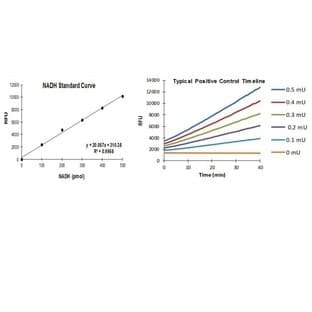
Supplier:
Alomone Labs Limited.Cat no: C-140
BUY CNQX
This non-NMDA receptor antagonist inhibits [3H]AMPA binding to quisqualate receptors at submicromolar concentrations. CNQX also selectively blocks the excitatory action of quisqualate and kainate on spinal neurons with little or no effect on that of NMDA.
The concentrations that inhibit 50% of [3H]AMPA binding (IC50) for CNQX in dorsal horn neurons is 300 nM.
The association of AMPA receptors with TARP auxiliary subunits converts CNQX from an antagonist to a weak partial agonist. CNQX induces partial domain closure, consistent with the activity of a partial agonist. CNQX blocks both fast AMPA-mediated and slow kainate receptor-mediated mEPSCs.
EC50 values for depression of the monosynaptic ventral root reflex is 1.0.0.3 uM.
Direct binding studies using CNQX as a radioligand show that CNQX binds with high affinity (40 nM) to both high (14 nM) and low (235 nM) affinity AMPA binding sites in rat brain.
Prices direct from Alomone Labs Limited.
Quick response times
Exclusive Absave savings/discounts
Latest promotions
Buy any polyclonal or monoclonal antibody from our extensive range of pre-made antibodies and for a limited time only receive a $50 discount!(T&C apply:...
New brilliant antibodies, and new lower prices!For flow cytometry reagents in general, \"bright is better.\" The violet-excitable BD Horizon™ BV421 and...
10% Discount on 2 Rabbit Polyclonal Antibody Service. With over 20 years experience, SDIX has developed into the premier US custom antibody producer,...
For the past decade scientists have extensively used ATS secondary toxin conjugates to make their own targeted toxins for in vitro use.The ability to combine...
We're so sure that you'll prefer Cayman Assay kits over your present brand that we're willing to give you a free assay kit to prove it!
Did your supplier increase the price of Fetal Bovine Serum? Did they substitute the US Origin with USDA? Well say no more! Innovative Research is still...
Bulk Cytokines with Custom Vialing.20 - 50% off cytokines, growth factors, chemokines and more...For a limited time Cell Sciences is offering substantial...
Are you planning to have a customised antibody made for your research?Since 2000, Everest has been producing a catalog containing thousands of affinity...
Top suppliers
Agrisera AB
11 products
Biotrend
Biosensis
969 products
ABBIOTEC
3011 products
SDIX
1 products
Spring Bioscience
2291 products
Cell Signaling Technology
4976 products
Rockland Immunochemicals, Inc.
7592 products
Boster Immunoleader
1533 products
OriGene Technologies Inc.
5281 products
Maine Biotechnology Services
227 products
BD (Becton, Dickinson and Company)
1 products
ABNOVA CORPORATION
Randox Life Sciences
1502 products
















